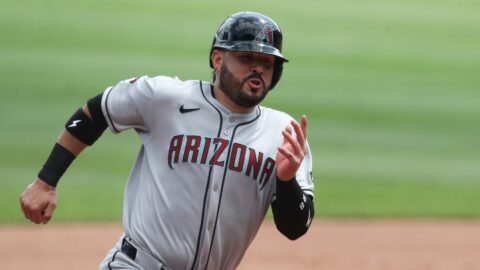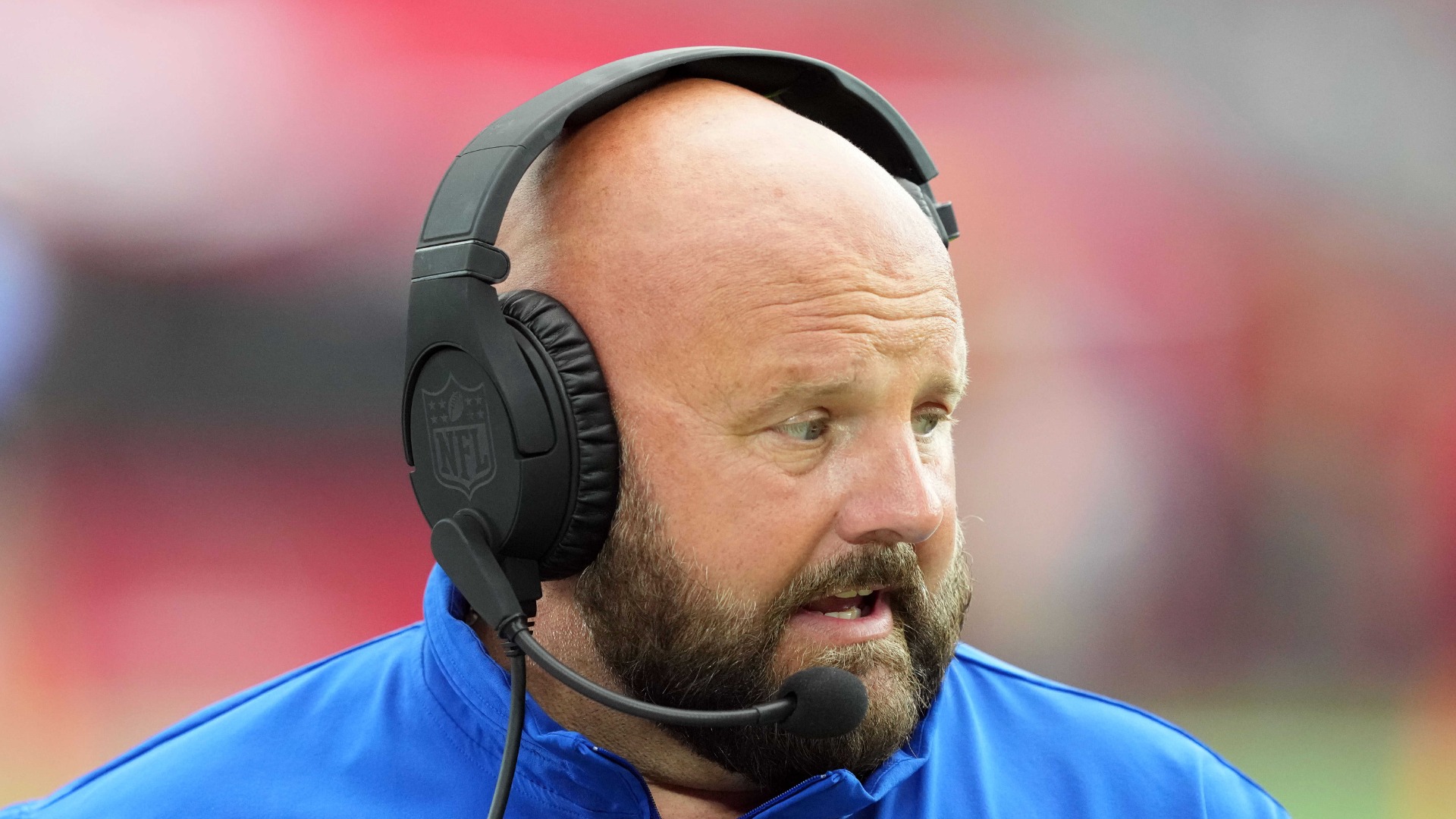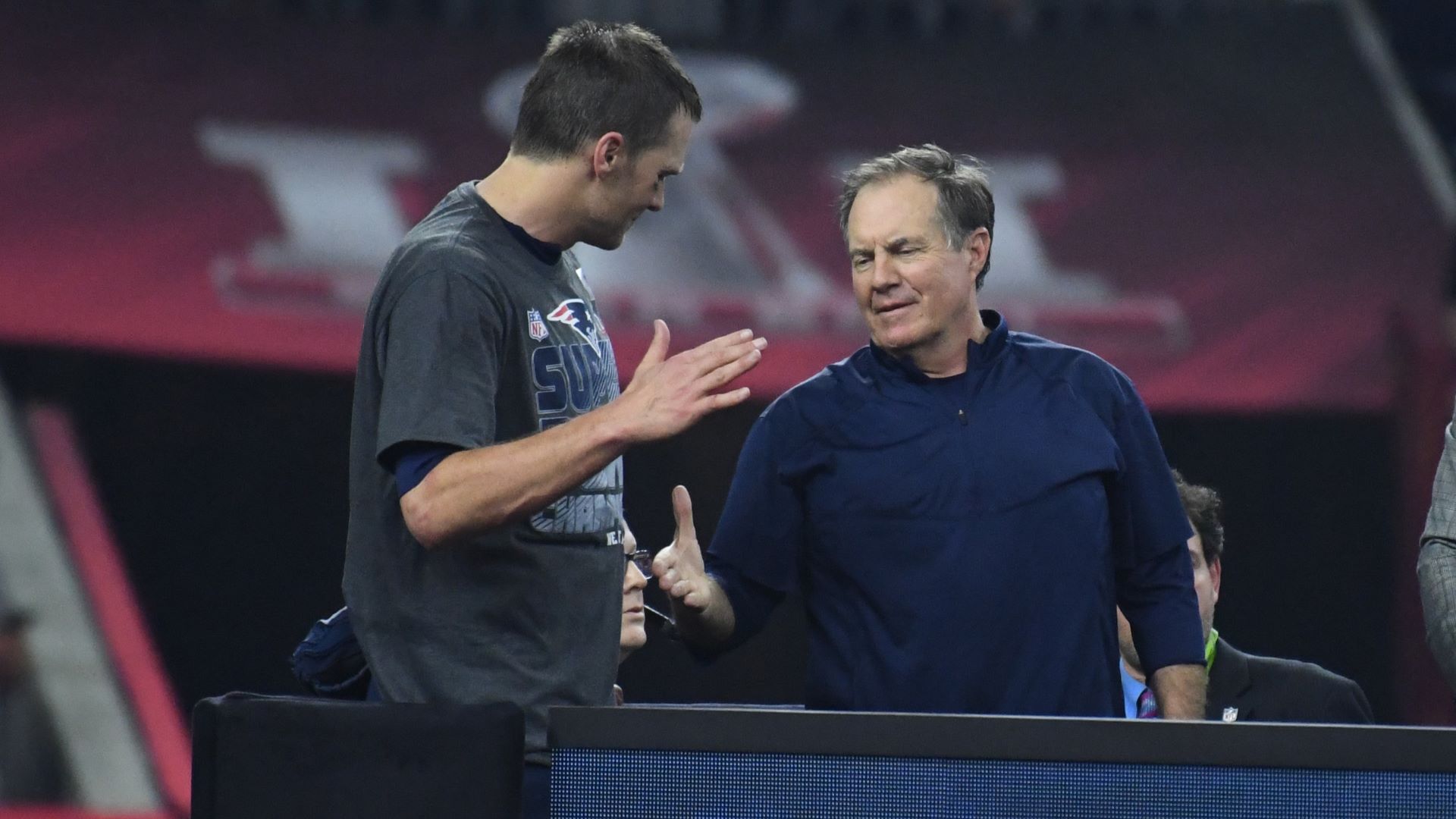Tim Wakefield’s 2010 season was unlike any he had ever experienced. He was in and out of the bullpen, in and out of meaningful situations and never entirely pleased with the role.
Very quietly, however, he had some nice moments. There was a milestone with nearly every outing it seemed, most having to do with him becoming the oldest Red Sox pitcher to (insert feat here). He threw eight shutout innings to outduel National League Cy Young Award winner Roy Halladay and numb the Phillies in a win at Philadelphia. There was the absolute gem in Cleveland a few weeks later (one earned run in 7 1/3 innings) and another against Baltimore on July 2 (eight innings, two runs). And, although mop-up duty has no glory, he did eat up innings several times when his team severely needed him to.
Despite the 5.34 ERA and the lowest win total of his career, the knuckleballer had many effective moments. As he approaches the age of 45, will Wakefield continue to be effective?
Every individual that matters in this regard has indicated that Wakefield’s uncertainty in 2010 contributed to some of his difficulties. General manager Theo Epstein, manager Terry Francona and Wakefield himself have each looked toward spring to see a clean slate upon which the veteran can build one last hurrah, this time knowing the manner in which he will be used before the season begins.
It is a role that contains more value than one might think. Gobbling up the final three innings when your team is on the wrong end of a five-run game goes without fanfare, but the fact that Francona can spare the rest of the bullpen for the next night is an important factor in a 162-game grind. And knowing that one of the winningest pitchers in team history is at the ready when someone like Daisuke Matsuzaka has to take a start off — a likely scenario given his track record — provides starting pitching depth of which few teams can boast.
There is evidence that the up-and-down and uncertain nature of the 2010 campaign had an effect on Wakefield. He had an ERA of 1.23 in relief appearances that came on zero, one, two, three or four days’ rest. When he had to sit around for five days or more just to get an inning or two of work in, his ERA was 4.58.
On the flip-side, he was rushed into emergency starting duty on three occasions, swallowing his distaste for being removed from routine and giving the club as many innings as he could. His ERA in such scenarios was 6.35, which didn’t help the bottom line look any better but, like those long-awaited relief appearances, should always come with an asterisk.
In 2010, Wakefield walked fewer men per nine innings than in any other season in his 18-year career. His 2.33 strikeout-to-walk ratio was the best it had been since 2003 and the third-highest mark of his career. His 1.350 WHIP, while not completely outstanding, was lower than WHIPs he had posted in eight of his other years.
So, while the awkward position caused Wakefield’s effectiveness to suffer in some situations he was even more effective in others. With one more season to further etch his name in Red Sox lore, expect more of the latter.
Each day of November, NESN.com will explore a different issue facing the Red Sox this offseason.
Wednesday, Nov. 24: What is the next step for Jon Lester?
Friday, Nov. 26: How will Clay Buchholz follow up his 2010 performance?



